Shimadzu Group Employees Participated as Volunteers in the 2024 Gion Festival
Shimadzu Group employees participated as volunteers in the 2024 Gion Festival, held in July.
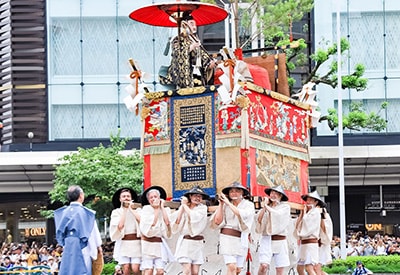
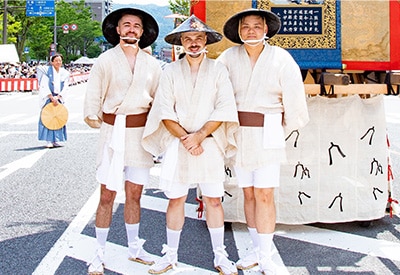
Shimadzu group employees participating as volunteers in pulling the floats in the Gion Festival
Gion Festival, a Staple of Summer in the Ancient Capital
The Gion Festival is a month-long festival of Yasaka Shrine in Kyoto, taking place from July 1 to 31. It began to counter an epidemic that was ravaging Kyoto, and has continued for more than 1,000 years. It is referred to as one of Japan’s three major festivals, along with the Tenjin Festival (Osaka) and the Kanda Festival (Tokyo). One of the highlights of the festival is the Yamahoko Junko (procession of floats). Floats assembled by the various neighborhoods in the Nakagyo Ward and Shimogyo Ward of Kyoto proceed along Kawaramachi-dori Street and Oike-dori Street from Shijo-dori Street.
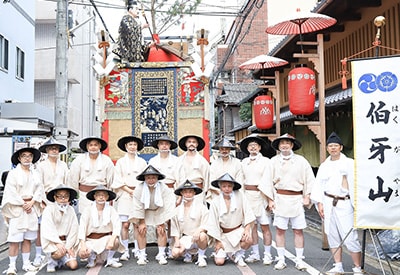
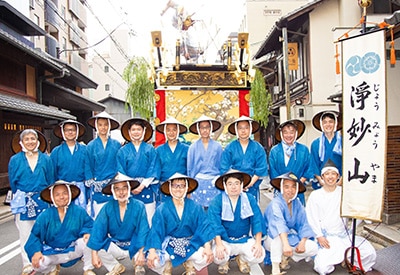
The procession is divided into two parts, the Sakimatsuri (former festival) and the Atomatsuri (latter festival). They are held every year on July 17 and 24, respectively. Before the processions, the periods from July 14 to 16 and from July 21 to 23 are referred to as Yoiyama. During the Yoiyama of Sakimatsuri, Shijo-dori Street and Kawaramachi-dori Street become a "pedestrian paradise," (car-free zone), bustling with stalls and street performances.
Shimadzu Group Employees Participated as Volunteers
52 Shimadzu employees participated as volunteers in the Yamahoko float processions for the Sakimatsuri on July 17 and the Atomatsuri on July 24. There were more volunteers this year than last year, so in addition to pulling the floats and supplying water, volunteer positions were established to support the Yamahoko float processions by helping Tsujimawashi and Kujiaratame. The employees volunteered to pull the Hakugayama float for the Sakimatsuri, and the Jomyoyama float for the Atomatsuri. The floats were pulled during the rain in the second half of the procession of Atomatsuri, but the volunteers participated without incident.
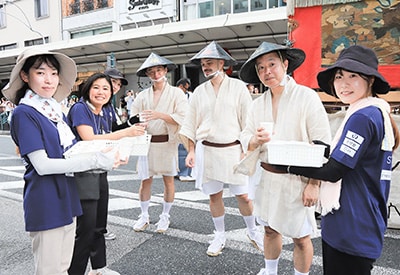
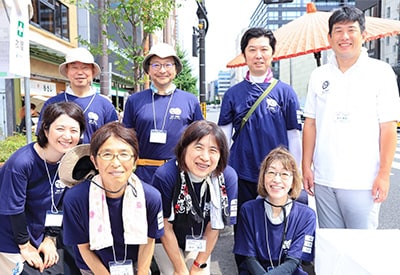
The volunteers supplying water
Tsujimawashi refers to changing the orientation of the floats. Bamboo slats spread out under the floats that weigh more than 10 tons are wet with water. This makes them slippery, which helps the floats to turn. The Tsujimawashi support staff wet the bamboo slats under the floats at the Shijo-Shinmachi intersection and at the Shinmachi-Oike intersection. The Kujiaratame is one of the ceremonies associated with the Yamahoko float processions, in which officials confirm the order of appearance of the floats as decided earlier by drawing lots. The Kujiaratame support staff helped out with receiving and handing over the lottery tickets provided earlier to each float, at the Kujiaratame stand set up in front of Kyoto City Hall.
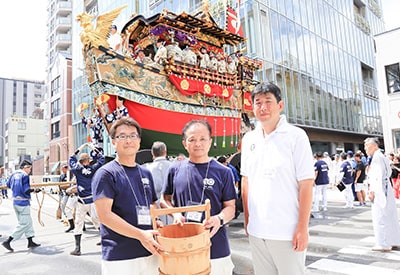
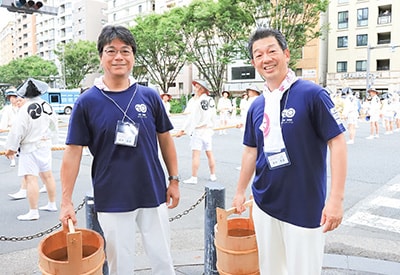
The Tsujimawashi support staff wet the split bamboo under the wheels of the floats to make them slide easier
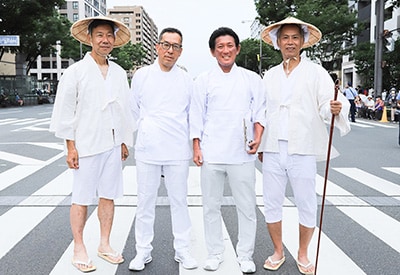
Volunteer employees provided support for the Kujiaratame
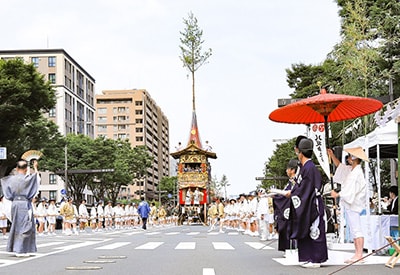
Comments from the Volunteer Secretariat Staff
Last year, there were fewer volunteers, but this year, many employees participated. In addition to pulling the floats and supplying water, support was provided for the entire processions, including Tsujimawashi and the Kujiaratame. I think this gave the volunteers a real sense of just how many people are needed to hold the Gion Festival’s Yamahoko float processions. We will continue our efforts to ensure that even more employees participate in the coming years.
 Page Title and URL Copied.
Page Title and URL Copied.


